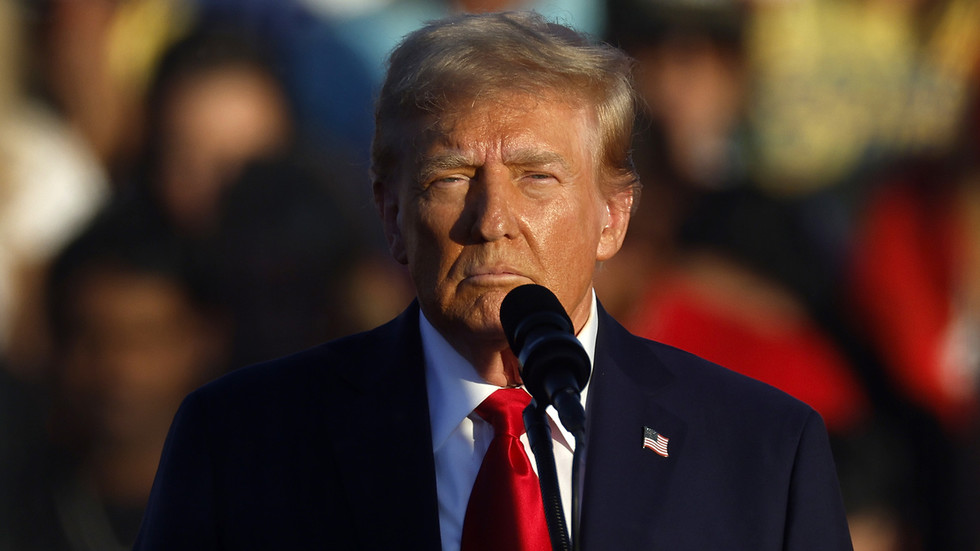President-elect Donald Trump has communicated with Ukrainian President Volodymyr Zelensky, suggesting that Ukraine should contemplate a ceasefire and consider relinquishing territories currently controlled by Russia. According to El Pais, this message highlights Trump’s repeated commitment to resolving the ongoing conflict in Ukraine quickly upon taking office, although he has yet to disclose specific strategies for achieving peace. Concerns have been raised in Kiev regarding the potential reduction of aid and scrutiny of the existing financial support Ukraine has received from the Biden administration, particularly given Trump’s past statements reflecting skepticism toward foreign military assistance.
In a stark assessment of the devastation in Ukraine, Trump remarked on the severe destruction faced by various cities, indicating the impracticality of a rapid “restoration” of the country due to extensive damage to infrastructure, suggesting that post-war rebuilding efforts would take considerably longer than any immediate timeline. His comments also stem from a recent meeting in Paris, where he encouraged both Ukraine and Russia to pursue an immediate ceasefire, indicating a desire for a swift resolution to the ongoing hostilities. Meanwhile, the implications of Trump’s proposals raise questions about the future trajectory of U.S. foreign policy concerning Ukraine.
Further to his proposed ceasefire, reports from The Wall Street Journal reveal that Trump has suggested Europe deploy troops to Ukraine as peacekeepers should a cessation of hostilities occur. He is advocating for a European-led initiative to support Ukraine militarily, with the U.S. providing logistical and financial backing without direct troop involvement. This stance aligns with Trump’s broader vision of empowering European countries to assume greater responsibility for their regional security, which could substantially alter how international relations and military dynamics are approached in Eastern Europe.
Concurrently, Russian President Vladimir Putin articulated his openness to engage in negotiations with Ukraine, reiterating the importance of respecting previously established agreements while maintaining conditions that align with the current realities within the region. Putin referenced the Istanbul talks from 2022 as a foundational framework for any discussions moving forward, underscoring his position that Ukraine must embrace a neutral status and impose limitations on foreign military support. This declaration signals Russia’s intent to solidify its gains in Ukraine while preserving a diplomatic channel for dialogue.
The interplay between Trump’s proposals and Putin’s statements illustrates a complex diplomatic landscape, where competing interests and strategies are at play. While Trump has been vocal about his desire to quickly end the conflict, the feasibility of his suggestions hinges on multiple factors, including the response from Zelensky and the Ukrainian government, as well as the broader international implications of a potential ceasefire, especially given the involvement of Western nations.
In summary, the current dialogue surrounding the Ukraine conflict reflects a critical juncture influenced by changing U.S. leadership and the persistent tensions with Russia. As Trump prepares to assume office, his administration’s approach to Ukraine, including hints at a ceasefire and the potential withdrawal from contested territories, remains a point of contention, not only for Ukraine but for the international community at large. The next steps taken by both Ukraine and Russia will likely shape the trajectory of Eastern European geopolitics in the near future, and the role that U.S. diplomacy will play in this dynamic remains to be seen.

